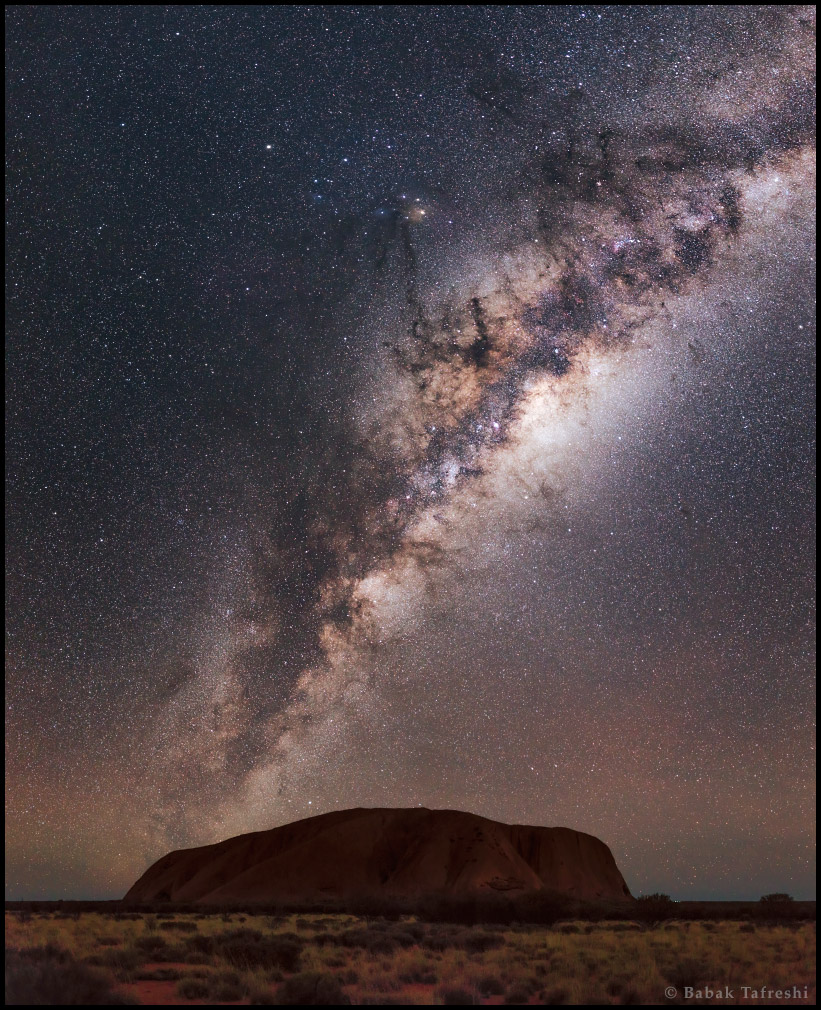
Every day a fun new picture!
Featured Topics
The Speed of Light:
There are a surprising number of terms to describe light. Light, also known as visible light is made up of a whole spectrum of other colors of light: red, orange, yellow, green, blue, indigo, violet. Rainbows, and splitting a beam of light with a prism, illustrate this. The different colors of light correspond to different wavelengths: red light has the longest wavelengths (and least energy) while violet has the shorted wavelengths (and highest energy).
Let's take a step back and talk about charged particles. A charged particle is a particle with a positive or negative electric charge. If you've ever seen a bolt of lightning or gotten shocked as your feet shuffled across carpet, you're familiar with charged particles. The flow of electrical charge (called current) creates electricity. If you're reading this right now on a screen you're using electricity.
An electric current produces a magnetic field and, conversely, a changing magnetic field produces an electric current. It turns out that electricity and magnetism are two sides of the same coin. This relationship or 'coin' is called electromagnetism.
Thus whenever charged particles are accelerated, electromagnetic waves are produced. Another term for electromagnetic waves is electromagnetic radiation. Visible light is actually a subset of electromagnetic radiation or energy. Other subsets of electromagnetic radiation include radio waves (less energetic), microwaves, infrared light, ultraviolet light, and X-rays (more energetic). So, light is electromagnetic radiation. Light is also, thus, energy.
In the early twentieth century famous physicist Albert Einstein realized that these electromagnetic waves can be subdivided into small pieces or particles he called quanta. This is an important point: light itself is quantized. Quanta of electromagnetic waves are called photons and they are massless. So, light is also photons.
The speed of one of these massless photons through the vacuum of outer space is officially called 'the speed of light' and is very accurately measured to be 671 million miles per hour. (Now, that's fast!) In Einstein's theory of special relativity the speed of light is the maximum speed possible in the universe. This is worth repeating: the speed of light is the maximum speed at which all matter and information can travel. It is impossible to travel at a speed greater than this. I'm not saying we don't have the technology to exceed the speed of light, I'm saying no one will ever have the technology to exceed the speed of light.
Since the observable universe is 91 billion light-years in diameter, the speed of light is bad news for explorers. For example, it would take 91 billion years for a photon to travel from one end of the observable universe to the other. Another example, the closest star to earth (besides the sun) is Alpha Centauri at 4.367 light years, so it would take 4.367 years for a photon to get there. Due to nonzero mass, it would take a person in a spaceship considerably longer.
Since the universe is so big, this speed of light limitation is pretty bad news for science fiction. To avoid this problem, science fiction authors employ their imaginations. A common faster-than-light (FTL) scheme is to leave regular space-time and enter some special FTL space, called jump space, hyperspace, warp space or similar. This idea is loosely based upon the idea of wormholes which could theoretically create a shortcut between distant points in spacetime. While general relativity does allow the existence of wormholes, accepted physics does not allow matter or information to traverse such wormholes. Furthermore, the idea of a space outside, or different from, space-time is problematic. Space-time encompasses all space and time that exists, so how could space exist outside this?
The second main way authors to try avoid the speed of light limitation is with quantum mechanics, or more precisely, quantum entanglement. Quantum entanglement is a physical phenomenon in which pairs or groups of particles are created in a dependent way. Let's look at an example: if a pair of entangled particles are created so the total spin of the pair is zero, and I measure the spin of one of them as plus one, then the spin of the other one must be minus one--no matter how far away it is. In other words, the particle with minus one spin somehow knows that a measurement has been performed on its entangled partner particle--even if it's across the galaxy. Albert Einstein never did like this "spooky action at a distance" idea. But quantum entanglement is an active area of current research, including its possible utilization in communication.
Who knows what we'll discover?
